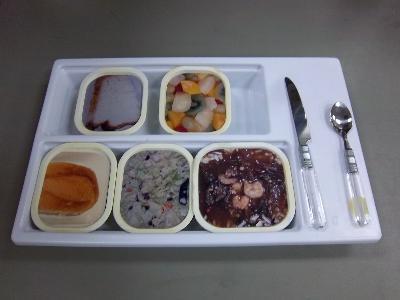 |
|
| ICN: 80740211090047PLASTIC FOOD TRAYS & ROLLED DRAWINGS ( Potential Artifact ) |
WASHINGTON, DC /PRNewswire-USNewswire/ — NASA is inviting eligible education institutions, museums and other organizations to examine and request space program artifacts online. The items represent significant human spaceflight technologies, processes and accomplishments from NASA’s past and present space exploration programs.
On Wednesday, June 15, NASA posted a seventh batch of artifacts. The National Air & Space Museum, NASA visitor centers and exhibit managers, other federal agencies, eligible education and non-profit institutions, public museums, libraries and planetariums can view and request space artifacts at:
http://gsaxcess.gov/NASAWel.htm
This opportunity is being offered through NASA’s partnership with the General Services Administration. Together they developed the first-of-its-kind Web-based, electronic viewing portal for space artifacts.
These artifacts are from the Space Shuttle, Hubble Space Telescope, Apollo and International Space Station Programs. Examples of artifacts include a space shuttle payload bay mockup, cockpit seats and Apollo era glove assemblies.
Each artifact will be available for 42 days. For the first 21 days, internal organizations such as NASA visitor centers, agency exhibit managers and the Smithsonian Institution may request artifacts. External organizations, including museums, schools, universities, libraries, and planetariums, may request artifacts the following 21 days. After the screening period closes, and at the completion of the request process, organizations will be notified about the status of their request.
Artifacts will be incrementally released when they no longer are needed by NASA and in accordance with export control laws and regulations. Artifacts are provided free of charge, however, requesting organizations must pay for shipping and any special handling costs.
To date, approximately 28,500 items of historic space significance have been offered, mainly from the shuttle, with contributions from Hubble, Apollo, Mercury, Gemini and space station programs. Approximately 3,000 artifacts have been requested.
For information about NASA’s space shuttle transition and artifacts, visit: http://www.nasa.gov/transition





